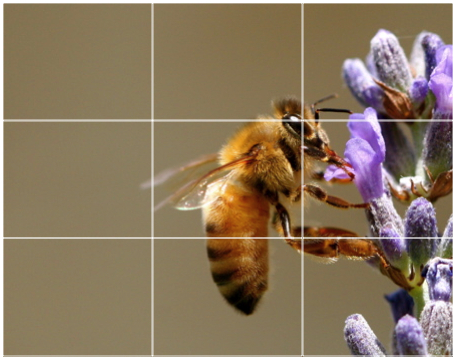Step One: Choose two images from the folder LA Confidential Stills under Files in Canvas that show transformation of a character or idea.
Step Two: For the first frame, consider what the audience is supposed to understand about the subject of the image. What do you feel is the point of using that shot? Next, analyze how the details of framing, lighting, camera angle, camera focal length, foreground and background contribute that effect or meaning to the image. Focus on those features you feel contribute most to the shot, or contribute a unique quality to the meaning of the shot.
Step Three: write out your observations, analysis. This should be between a half page to a page long.
Step Four: Now study the second image. for this image write out how you understand the transformation taking shape in the image. This will be more of a comparison with the first image than straight analysis. Consider the following questions:
What is the transformation that takes shape?
Where do you see transformation taking shape compared to the first image?
How do the details in the shot create that movement?
What is the point of the transformation?
You will work on this tomorrow in class on your iPads--be sure you know which iPads you used yesterday.
If you were absent, begin with the first image tonight and you will work on the second image in class tomorrow.
Hold on to them until Thursday when I get back and I will tell you how to turn it in then.
Step Two: For the first frame, consider what the audience is supposed to understand about the subject of the image. What do you feel is the point of using that shot? Next, analyze how the details of framing, lighting, camera angle, camera focal length, foreground and background contribute that effect or meaning to the image. Focus on those features you feel contribute most to the shot, or contribute a unique quality to the meaning of the shot.
Step Three: write out your observations, analysis. This should be between a half page to a page long.
Step Four: Now study the second image. for this image write out how you understand the transformation taking shape in the image. This will be more of a comparison with the first image than straight analysis. Consider the following questions:
What is the transformation that takes shape?
Where do you see transformation taking shape compared to the first image?
How do the details in the shot create that movement?
What is the point of the transformation?
You will work on this tomorrow in class on your iPads--be sure you know which iPads you used yesterday.
If you were absent, begin with the first image tonight and you will work on the second image in class tomorrow.
Hold on to them until Thursday when I get back and I will tell you how to turn it in then.


